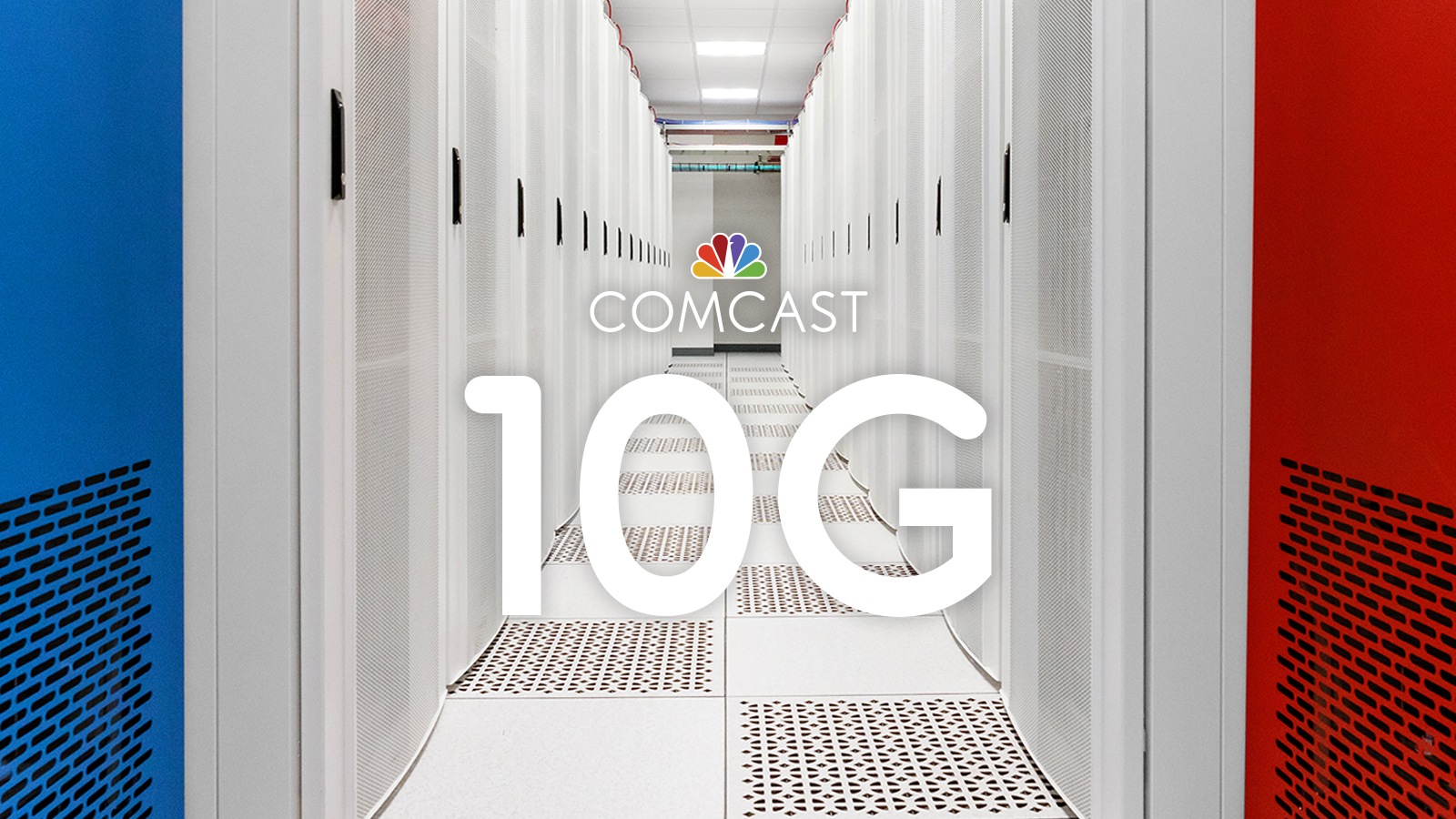What is DOCSIS 4.0? Everything you need to know
DOCSIS 4.0 will bring even faster speeds to your cable modem

Wireless technology is constantly improving and, in the past three years, we’ve seen the introduction of Wi-Fi 6, Wi-Fi 6E and the latest wireless standard, Wi-Fi 7. However, your internet speed will always depend on your cable modem first and foremost.
While a router sends a Wi-Fi signal throughout your home and provides internet to devices connected over Ethernet, a cable modem handles bringing an internet connection into your house in the first place. Without one, you wouldn’t be able to get online at all.
The best cable modems available today ship with either DOCSIS 3.0 or DOCSIS 3.1 support. However, the DOCSIS 4.0 industry standard has already been approved and it will provide an even better streaming experience as well as faster upload speeds once it finally starts rolling out to consumers.
Until then though, this is everything you need to know about DOCSIS 4.0 and its potential to change the internet as we know it.
History of DOCSIS
First released in 1997, Data Over Cable Service Interface Specification or DOCSIS for short is a telecommunications industry standard that allows for high-bandwidth data to be transmitted over existing cable wires. Although DOCSIS 1.0 had a max downstream speed of 40 Mbps, it was a huge upgrade over dial-up internet which used phone lines and topped off at 56 Kbps.
DOCSIS 1.1 was released in 2001 and while it added VoIP (Voice over Internet Protocol) capabilities and Quality of Service (QoS) mechanisms, there wasn’t an increase in upload speed until the following year when DOCSIS 2.0 was released and it increased from 10 Mbps to 30 Mbps.
In 2006, the way in which we connected to the internet became even faster with the release of DOCSIS 3.0. This version of the industry standard raised the maximum downstream capacity to 1 Gbps and the maximum upstream capacity to 200 Mbps. It also introduced support for the network layer protocol IPv6 along with channel bonding that combines multiple channels or lanes to increase the amount of traffic a modem can support.
Sign up to get the BEST of Tom's Guide direct to your inbox.
Get instant access to breaking news, the hottest reviews, great deals and helpful tips.
There was a bit of a lull for the next few years until DOCSIS 3.1 was released in 2013.
DOCSIS 3.1 VS DOCSIS 4.0
As you can see in the chart below, DOCSIS 3.1 took things to a whole new level with a maximum downstream capacity of 10 Gbps. It also raised the maximum upstream capacity to 1-2 Gbps. While data can travel 10 times faster than gigabit internet with a DOCSIS 3.1 cable modem, you still need a multi-gig plan from your internet service provider (ISP) to take full advantage of its potential.
| DOCSIS 2.0 | DOCSIS 3.0 | DOCSIS 3.1 | DOCSIS 4.0 | |
| Downstream capacity | 40 Mbps | 1 Gbps | 10 Gbps | 10 Gbps |
| Upstream capacity | 30 Mbps | 200 Mbps | 1-2 Gbps | 6 Gbps |
| Date issued | 2001 | 2006 | 2013 | 2019 |
Even though DOCSIS 4.0-compatible cable modems haven’t hit shelves yet, the next version of this industry standard will still offer some benefits over its predecessor. While the maximum downstream capacity will still be capped at 10 Gbps, upstream rates are getting their biggest boost ever. With 6 Gbps available for upstream data rates, live streaming, content creation and other upload-heavy activities will be significantly faster.
When can we expect DOCSIS 4.0 to arrive?

Earlier this month, Comcast revealed in a press release that it had conducted the world’s first live, multigig symmetrical internet connection powered by 10G and Full Duplex DOCSIS 4.0.
Besides allowing for ultra-fast speeds, one of the best things about 10G technology (another name for 10 gigabit per second internet) is that it won’t require any new connections to be installed, which means you won’t have employees from your ISP digging up your yard.
Now that Comcast has demonstrated how DOCSIS 4.0 modems and 10G can work together to deliver multi-gig internet speeds, the company is starting a nationwide rollout which it says will reach 50 million homes and businesses in the U.S. before the end of 2025.
If you’re a Comcast customer looking for faster internet speeds, the company plans to begin offering 2-gig plans next year, though its 3-gig Gigabit Pro service is available in some regions. For those that don’t mind switching providers, AT&T offers both 2-gig and 5-gig fiber internet for $110 and $180 per month respectively. As does Frontier which has 2-gig plans for $149 per month. If you happen to live in an area where Google Fiber is available, you can get a 2-gig plan for $100 per month.
DOCSIS 4.0 may be the next big thing but for the next few years, a DOCSIS 3.1-compatible cable modem is all you’ll need to get the fastest internet connection available in your area.

Anthony Spadafora is the managing editor for security and home office furniture at Tom’s Guide where he covers everything from data breaches to password managers and the best way to cover your whole home or business with Wi-Fi. He also reviews standing desks, office chairs and other home office accessories with a penchant for building desk setups. Before joining the team, Anthony wrote for ITProPortal while living in Korea and later for TechRadar Pro after moving back to the US. Based in Houston, Texas, when he’s not writing Anthony can be found tinkering with PCs and game consoles, managing cables and upgrading his smart home.
-
DevinRhode2 It's a bit confusing when you say "next year" on the last few days of December. I had to do the math of "published 24 days ago". Since it's Jan 22nd I'm writing this, that means "next year" means 2023. I think I saw a report of Q2 2023. I don't know of any DOCSIS 4.0 modems out there.Reply
